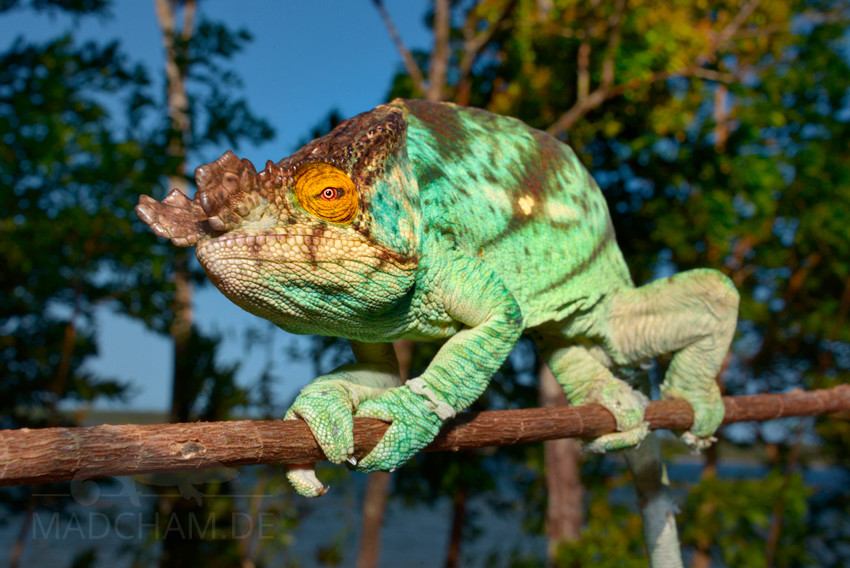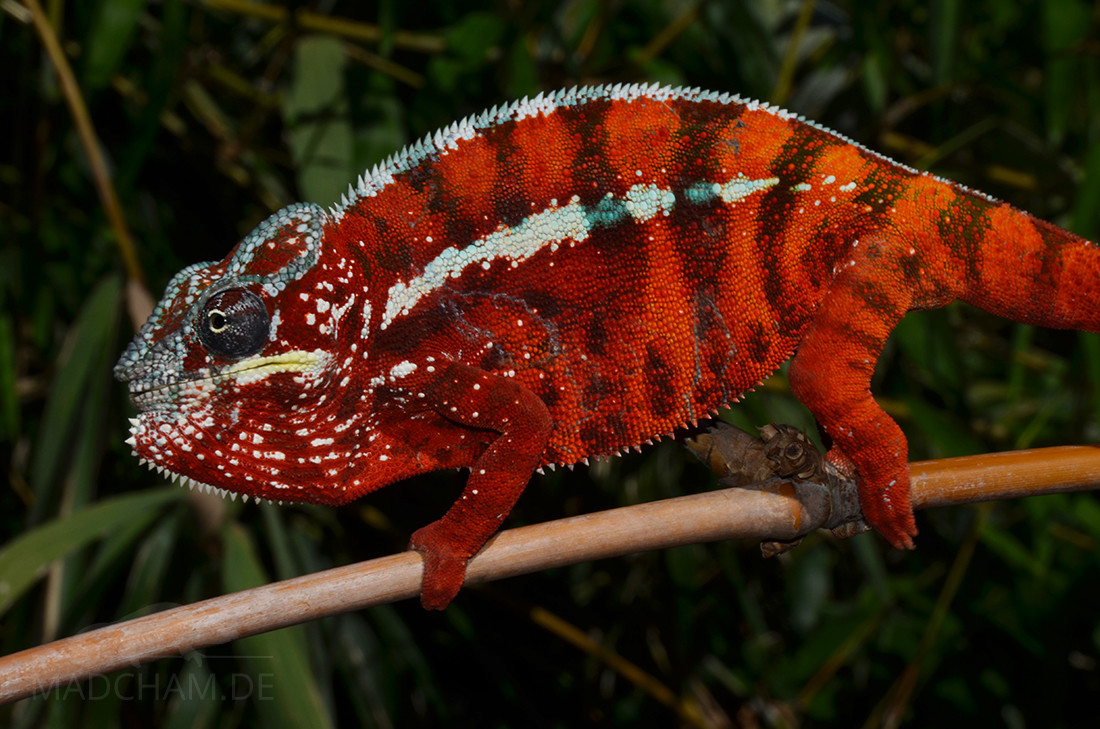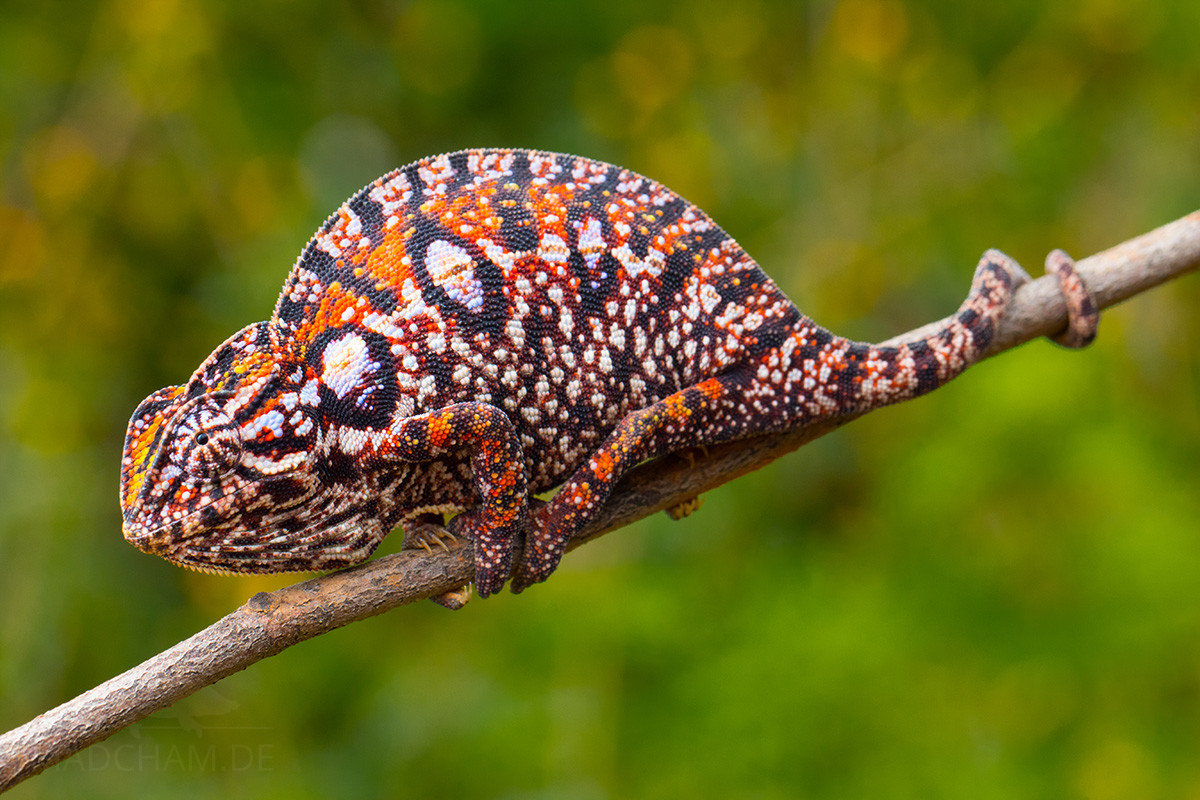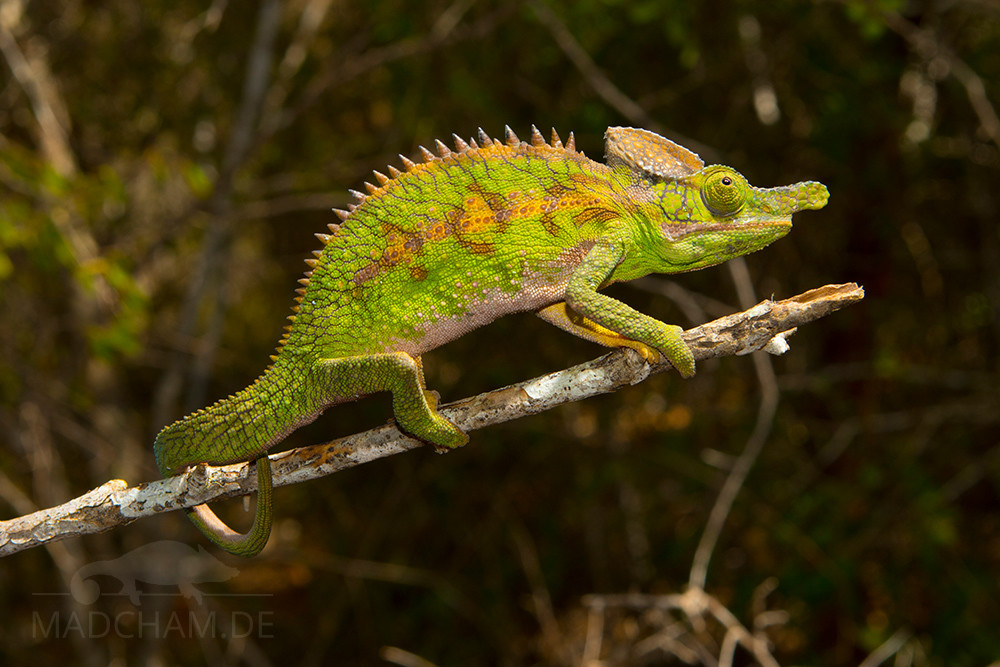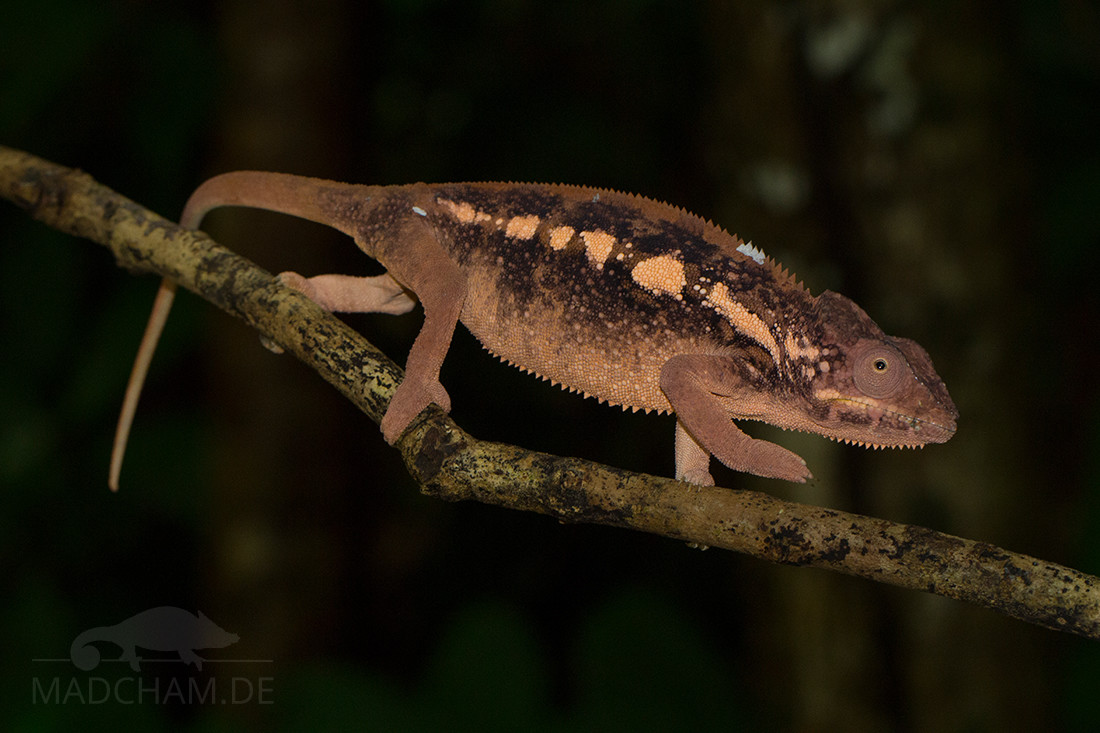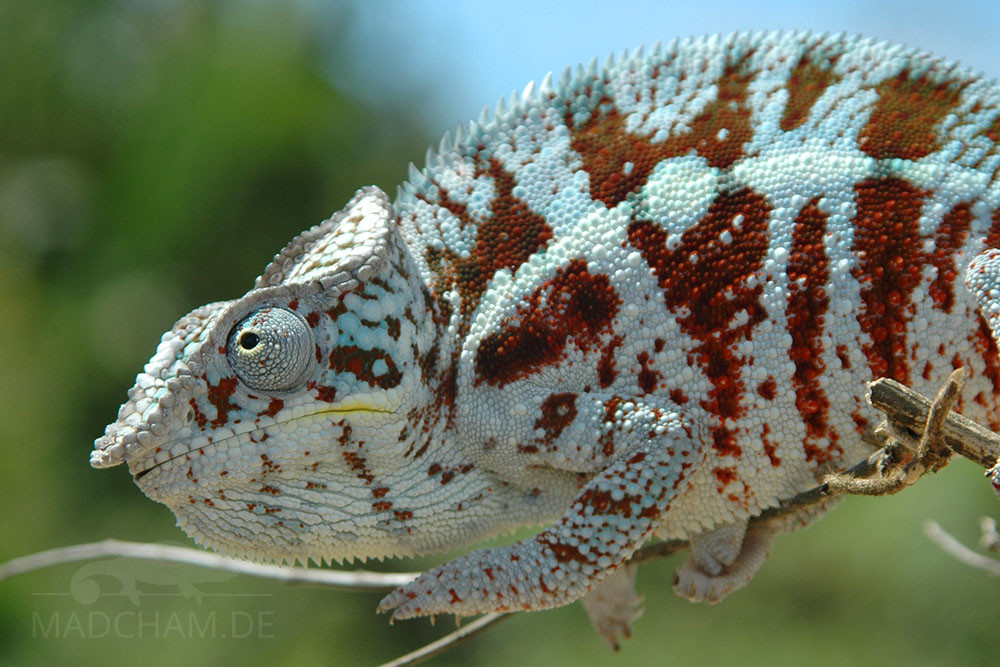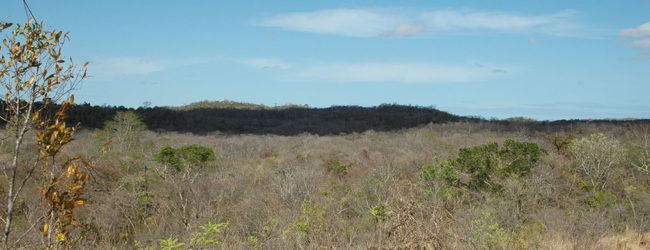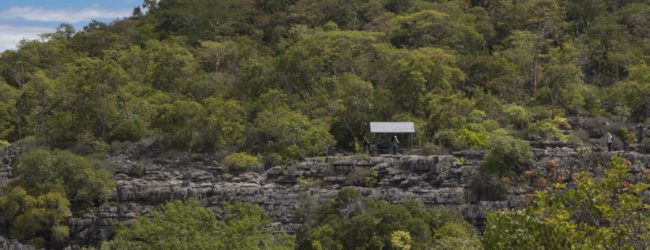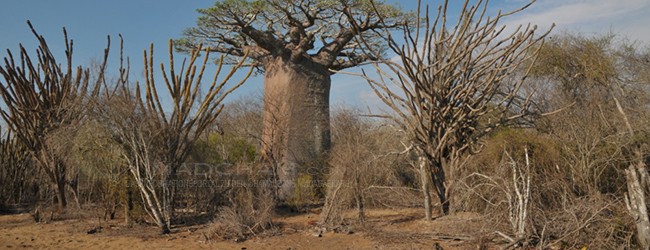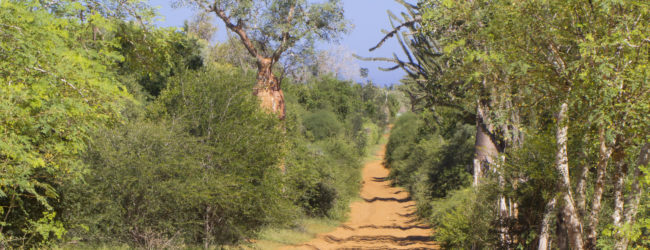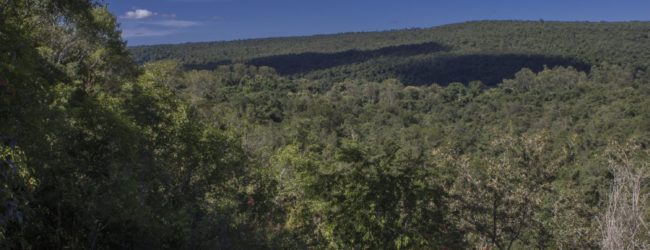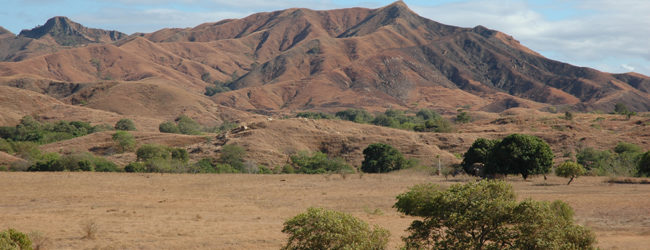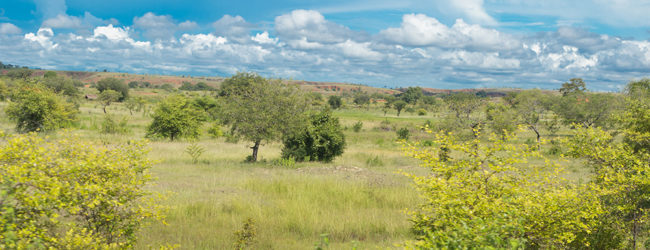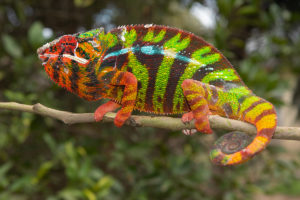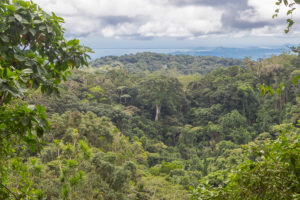Among many chameleon keepers, it is a recurring topic: hibernation in the terrarium. Should you offer a brumation period, if yes with which species and why at all? This article is intended to get to the bottom of the matter and explain the natural conditions in Madagascar.
Hibernation, brumation and cold-stiffness
Everyone is familiar with hibernation: Some mammals, such as the marmot, fall into a state of dormancy during the cold season. In this state, body temperature and metabolism drop very sharply; they “sleep through” the winter and do not wake up again until spring.
A brumation, on the other hand, describes a state of mammals in which resting and waking phases alternate. Brown bears and squirrels, for example, perform brumation, not hibernation. Body temperature does not drop, but metabolism is reduced overall. Animals that brumate continue to eat, drink and defecate and urinate.
In the case of cold-stiffness, it is finally something that affects reptiles: when the ambient temperature drops, the body temperature of reptiles drops to the same extent. The lower the temperature goes, the less metabolism takes place. Eventually, heart and respiratory rates are so low that the animal just barely survives at maximum.
In fact, all of these terms do not actually apply to Malagasy chameleons. The term “brumation” has become common in terraristics among chameleon keepers, but it fits only in a limited way. It would be more appropriate to describe the dry season in Madagascar as a climatic period of reduced activity in chameleons.
Dry and rainy season in Madagascar
In Madagascar, the cooler season is the dry season. It lasts approximately from April to October. During this time, depending on the region, it rains significantly less (north, east coast) or hardly at all (west and south). In dry and spiny forests, many trees or plants lose their leaves during the dry season, rain forests show only fewer blossoms and fruits. During the day it is still warm, but at night the temperatures cool down considerably. The temperature change between day and night can be up to 20°C in the dry season, for example in Morondava. Some places in the central highlands of Madagascar even reach single-digit temperatures during the dry season. During the dry season, the food supply is more meager, so the chameleons find less to eat. Most animals tend to show pale, darker colors. They are not really “brumating”, but their overall activities are significantly reduced.
The following photos each show a region on Madagascar in the dry season on the left and a section of the same area in the rainy season on the right. The differences are more than obvious – this is exactly how you can experience the difference between both seasons every year in Madagascar.
Only with the onset of the rainy season in November, the temperatures rise sharply and it rains more and more abundantly. Thunderstorms are then the order of the day. With rising temperatures, the food supply also increases. The breeding season of the chameleons begins. It ends again only with the falling temperatures in April.
Incidentally, the length of the day hardly changes throughout the year on Madagascar. The island has around 11 hours of sunshine and 13 hours of darkness, with variations of no more than two hours throughout the year. The difference between the dry and rainy seasons in Madagascar is thus hardly determined by the length of the day, but very strongly by temperatures in general and a strong drop in night temperature in the dry season.
By means of two examples, the differences between the dry and the rainy season shall be illuminated in more detail. The given data in the course of the year were measured and collected by us within several years with thermometers and hygrometers directly at the finding sites of chameleons.
| Location: Toliara | Jan | Feb | Mar | Apr | May | Jun | Jul | Aug | Sep | Oct | Nov | Dec |
| Average temperature | 27 | 27 | 26 | 25 | 23 | 21 | 20 | 21 | 22 | 23 | 25 | 26 |
| Minimum temperature |
22 | 22 | 21 | 20 | 17 | 14 | 14 | 15 | 16 | 18 | 20 | 22 |
| Maximum temperatur |
32 | 32 | 32 | 30 | 28 | 26 | 26 | 27 | 28 | 29 | 30 | 31 |
| Rain days | 13 | 12 | 7 | 5 | 4 | 4 | 3 | 3 | 3 | 4 | 7 | 12 |
Toliara (Tuléar) is located on the southwest coast of Madagascar at sea level. Chameleons live here in dry and spiny forests, but also in secondary vegetation. In the rainy season, temperatures here easily rise above 30°C daily, and in the sun it can sometimes be 45°C hot. Also at night, it stays well above 20°C. Although it is called the rainy season, the rainfall in the south of Madagascar is rather meager: In good years it rains extensively every few days from November to February. In the dry season, starting in April, there are hardly any rainy days. Daytime temperatures drop somewhat, although it remains very warm overall. At night, however, temperatures can drop as low as 15°C during the dry season. The difference between day and night temperatures is extremely noticeable here!
| Location: Andasibe | Jan | Feb | Mar | Apr | May | Jun | Jul | Aug | Sep | Oct | Nov | Dec |
| Average temperature | 23 | 24 | 23 | 23 | 22 | 19 | 19 | 19 | 20 | 21 | 22 | 23 |
| Minimum temperature |
20 | 20 | 20 | 19 | 18 | 15 | 15 | 15 | 15 | 16 | 18 | 19 |
| Maximum temperature |
27 | 27 | 27 | 27 | 25 | 23 | 23 | 23 | 24 | 25 | 26 | 27 |
| Rain days | 27 | 24 | 19 | 17 | 18 | 21 | 20 | 15 | 16 | 20 | 25 | 26 |
Andasibe is located in the eastern highlands of Madagascar at altitudes ranging from 900 to 1250 meters. The rainforests around Andasibe provide a fantastic habitat for many species of chameleons. During the rainy season, it gets warm around 25°C during the day, but the thermometer climbs above the 30° mark rather rarely or only in sunspots. At night, temperatures hardly drop during the rainy season. It rains every day, sometimes very intensively with cyclone-like, long-lasting rain, sometimes in many small showers. During the dry season, it gets a bit cooler overall, but especially at night, the temperatures drop even more now. 10 to 15°C at night is not uncommon. It stays mostly dry during the day, but at least every other day there are smaller rain showers.
Observations in Madagascar
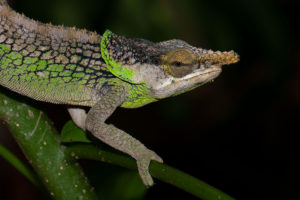
Calumma malthe male in the rainy season in Maromizaha
An individual of Calumma malthe was found in 2016 by German scientists in Maromizaha in the eastern highlands of Madagascar in a kind of cold-stiffness. It was lying in a rotting tree stump. What was astonishing about the find was that on the same evening more than a dozen chameleons of the same species were discovered sitting “normally” on branches. Another find from 1992 was published together with this special observation: A Calumma crypticum had been found rigidly place on a rock face in Ranomafana in the southern highlands of Madagascar. It was already somewhat overgrown by liverworts, indicating that the chameleon must have been sitting in this position for some time. The behavior had not been observed on Madagascar prior to this publication, or at least had never been documented. It remains to be clarified whether the observations are really a form of hibernation, whether the behavior only bridges short periods of time, or whether it was simply a coincidence unrelated to the dry season.
In fact, some chameleon species of mainland Africa are known to survive the dry season hibernated and cooled down. Whether and how many chameleon species on Madagascar might exhibit similar behavior is still completely unclear. So it remains exciting on Madagascar!
Imitation of dry and rainy season in the terrarium
To keep Malagasy chameleons healthy in the terrarium, it is necessary to mimic the climatic conditions of their native country as described above. Mimicking the dry and rainy seasons has many advantages for the chameleons. Quite a few species of chameleons need the sudden rise in temperature and humidity from the dry season to even get into a mating mood and successfully reproduce. The “brumation” during the dry season provides slower, healthier growth and a healthier immune system in juveniles. Experience has shown that chameleons that also experience a cooler period during the year have an overall higher life expectancy in the terrarium than conspecifics that are kept at the same temperature throughout.
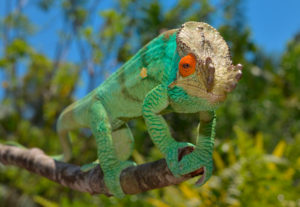
Calumma parsonii parsonii are known in terraristics for not mating well without a dry season
The term “brumation” has been used to imitate the dry season in terraristics, mainly because in Europe and North America, there is already a warmer and a cooler season: Winter and summer. And in addition, it happens with chameleons quite similarly as with the mammal in brumation: They eat and drink, but evenly less. So one uses with the “brumation” the anyway existing conditions. At the end of summer, the days become shorter, which is also noticed by chameleons in terrariums, as long as the terrarium room has windows. At night the rooms cool down more and during the day it becomes less warm. The chameleons usually become noticeably calmer as a result of this alone. You can reinforce this behavior by reducing the temperatures of the terrarium over weeks according to the temperatures in the natural habitat. Most often, this also requires changing the lighting somewhat and reducing the sprinkling or automated raining intervals. Also, the stronger drop of nightly temperatures in the dry season can be decisive depending on the habitat of a species. Caution: Lower average temperatures do not preclude a chameleon from briefly warming up in the sun during the day when temperatures are briefly much higher.
However, there is a catch when using the European or North American winter to mimic the Madagascan dry season: The dry season in Madagascar falls between April and October. Chameleons in terrariums in Europe, on the other hand, experience their cooler season between November and March. For captive breds, this is usually completely unproblematic. However, with wild-caught animals, this can cause problems, since their internal clock is still adjusted to the opposite seasons. However, it is usually possible to “re-accustom” the animals slowly over many months.
In terms of keeping chameleons healthy in terrariums, however, mimicking dry and rainy seasons does not mean mimicking every extreme of nature. A very prolonged drought or massive flooding from a cyclone will simply kill many chameleons in nature. However, this cannot be the goal in terrarium keeping. So the goal in terrarium keeping must be to implement the climate of origin in a way that is adapted to offer the chameleon an idealized version of rainy and dry seasons.

